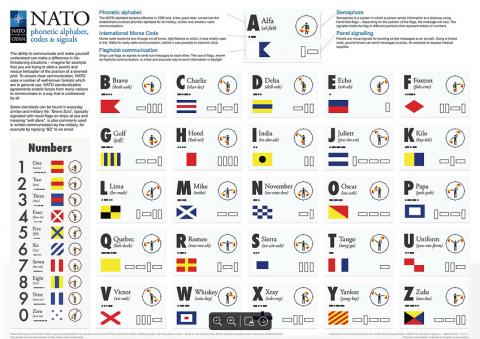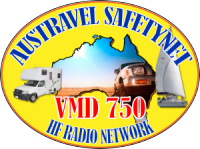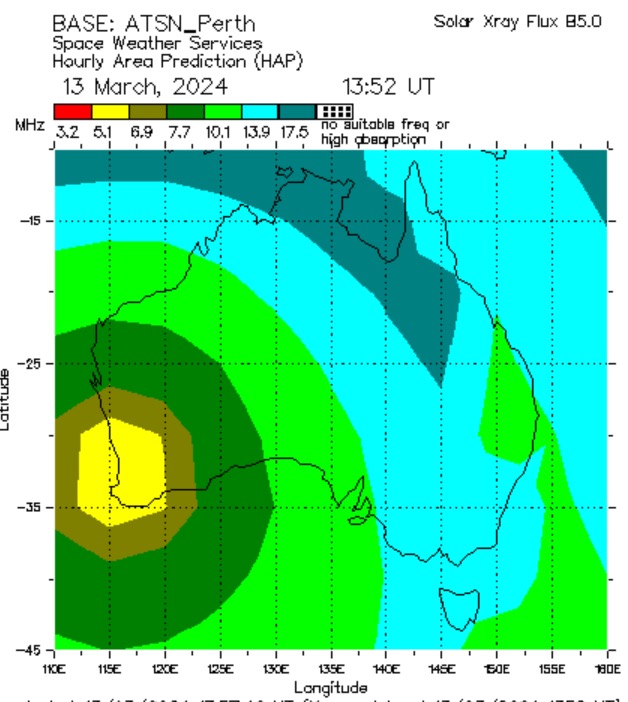
We have all at times had some difficulty communicating clearly on our HF radios. You are trying to relay your location during a sked operator and you might be coming through 1 or 2 out of 5 for clarity. What do you do? The Phonetic Alphabet can come to your rescue. It offers a way to spell out words, place names or even numbers with increased clarity and less ambiguity.
The phonetic alphabet came about as voice radio communications incresingly establlished in the world replacing morse code. In the 1920's a phonetic alphabet was devised by the International Telecommunication Union using city names around the world (Amsterdam, Baltimore, Casablanca .....Xanthippe, Yokohama, Zurich). The US military came up with their own version of the phonetic alphabet which featured shorter words called the Abele Baker alphabet (Able, Baker, Charlie .... X-ray, Yoke, Zebra) and this was later adopted by the British Royal Air Force. However criticisms arose about this alphabet being very English-centric and being difficult to adopt for speakers of latin languages such as Spanish, Italian and French.
The International Air Transport Association (IATA) came up with another phonetic alphabet which addressed the issues of using sounds common to English, Spanish, Italian and French and this is rather similar to the one used today (Alfa, Bravo, Coca ..... eXtra, Yankee, Zulu). However the Abele Baker alphabet continued to be used by miltary organisations alongside the new IATA one and this led to confusion. So NATO reviewed the Abele Baker alphabet as well as the IATA alphabet, and the NATO phonetic alphabet was formed in 1956. This was adopted by the allies and then civil aviation and is now the standard phonetic alphabet used around the world.
ALFA, BRAVO, CHARLIE, DELTA, ECHO, FOXTROT, GOLF, HOTEL, INDIA, JULIETT, KILO, LIMA, MIKE, NOVEMBER, OSCAR, PAPA, QUEBEC, ROMEO, SIERRA, TANGO, UNIFORM, VICTOR, WHISKEY, X-RAY, YANKEE, ZULU
So why use the official NATO alphabet? People sometimes spell things out using a variety of words of their own. That will certainly work for them, but it makes it hard for the receiver of the message to understand what they mean. By using the NATO alphabet, both the sender and receiver of the communication can do so efficiently and without ambiguity. In fact after a while, its use becomes easier and easier like typing on a keyboard and doesn't require a lot of thought. This is important in an emergency situation where people need to concentrate on the message and not the letters that make up the message and second guessing what that might mean.
The phonetic alphabet also has pronunciation for numbers. The number 9 is pronounced as "nin-er" not nine. This makes 5 and 9 more distinct from each other.
The NATO phonetic alphabet can be expressed by voice, by flags, by morsecode and by panels. We are all familiar with the ". . . _ _ _ . . ." spelling "SOS" the accepted international distress phrase. This chart from NATO explains the use of all of these different types of communications. Other abbreviations get used - for example "Well Done" in the Navy is known abbreviated to "BZ" or "Bravo Zulu".
The best way to learn the phonetic alphabet is to practice. Can you spell your name? Can you spell the suburb or town where you live? How about the month? Practice the name of where you are camping. Use it on the sked where your place name is hard to get across due to bad transmission and reception.
Finally for a bit of fun, try the quiz on the NATO Phonetic Alphabet Page and see how many letters in the alphabet you can get correct. Well done or Bravo-Zulu!

